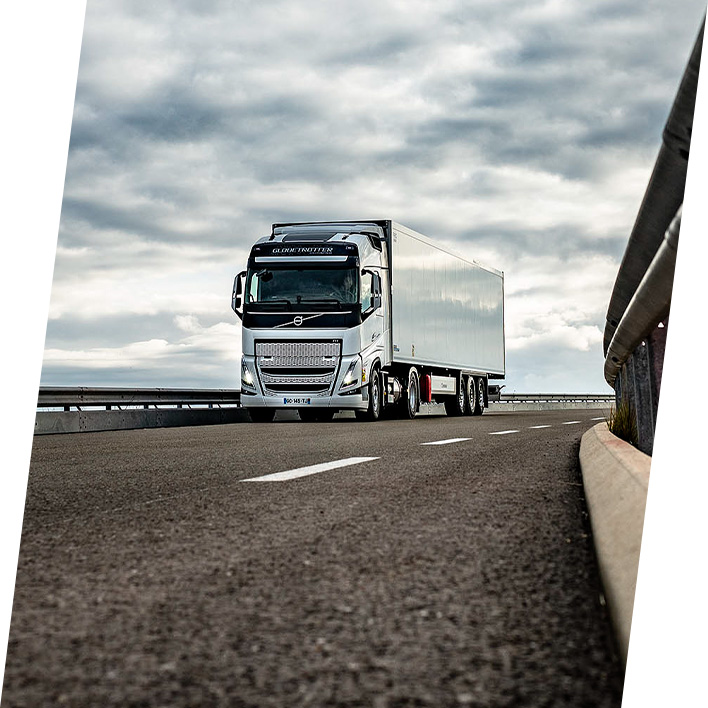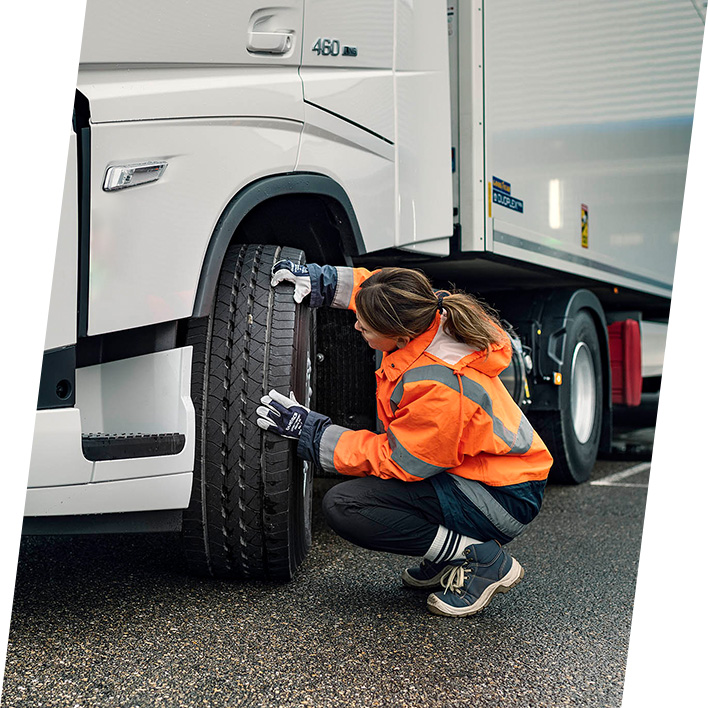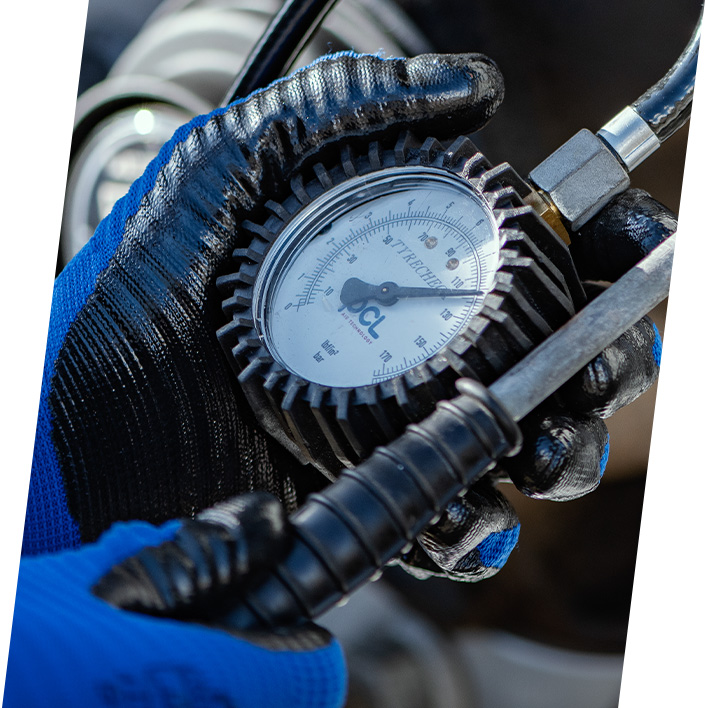The simple answer is to check tyre pressure at frequent intervals and keep it at the right level. However, in the busy life of a typical fleet, it is almost impossibly time-consuming to do this manually. Goodyear has therefore developed a number of tools to do it automatically.
DrivePoint, for example, is an affordable, yard-based system that gathers tyre pressure data from on-valve TPMS sensors as the truck drives past a specialist ‘tower’, thus checking pressure every time a truck enters or leaves the yard. Larger fleets may choose to invest in the more sophisticated CheckPoint, a system that uses lasers to read not only pressure but also temperature, tread depth and axle weight.
Then there is also TPMS, which also uses on-valve sensors but connects remotely via a telematics router and the Goodyear cloud - so tyre pressure is monitored even when the truck is out on the road.
All these solutions ultimately relay tyre data to a mobile app or a desktop to keep drivers and fleet technicians informed of any action they need to take, even detecting slow punctures by measuring tiny changes in pressure over time. It’s estimated that under-inflation by just 1 bar can increase annual fuel costs by €900 per vehicle – so these solutions pay for themselves quickly and are used by most major fleets.











